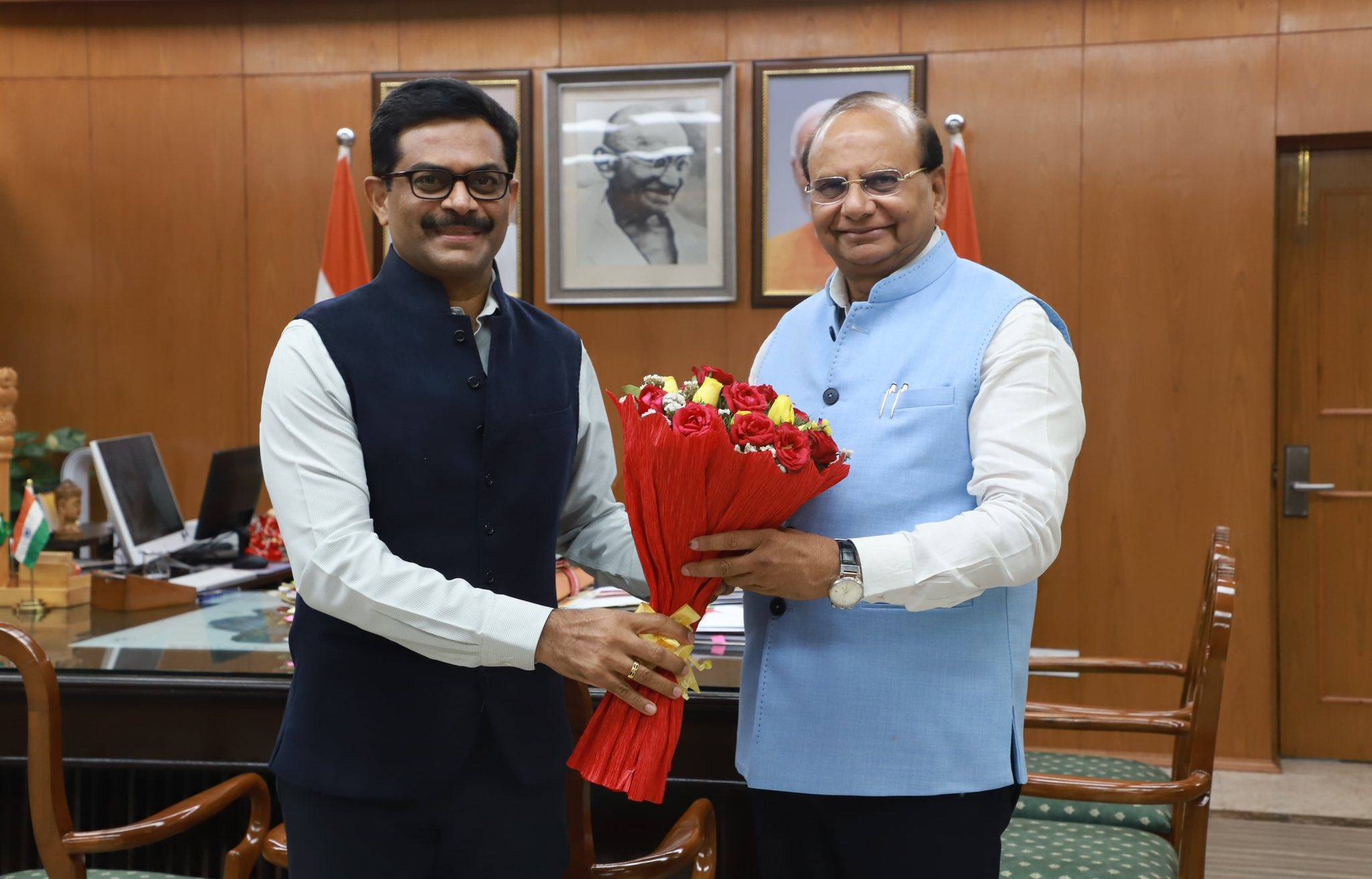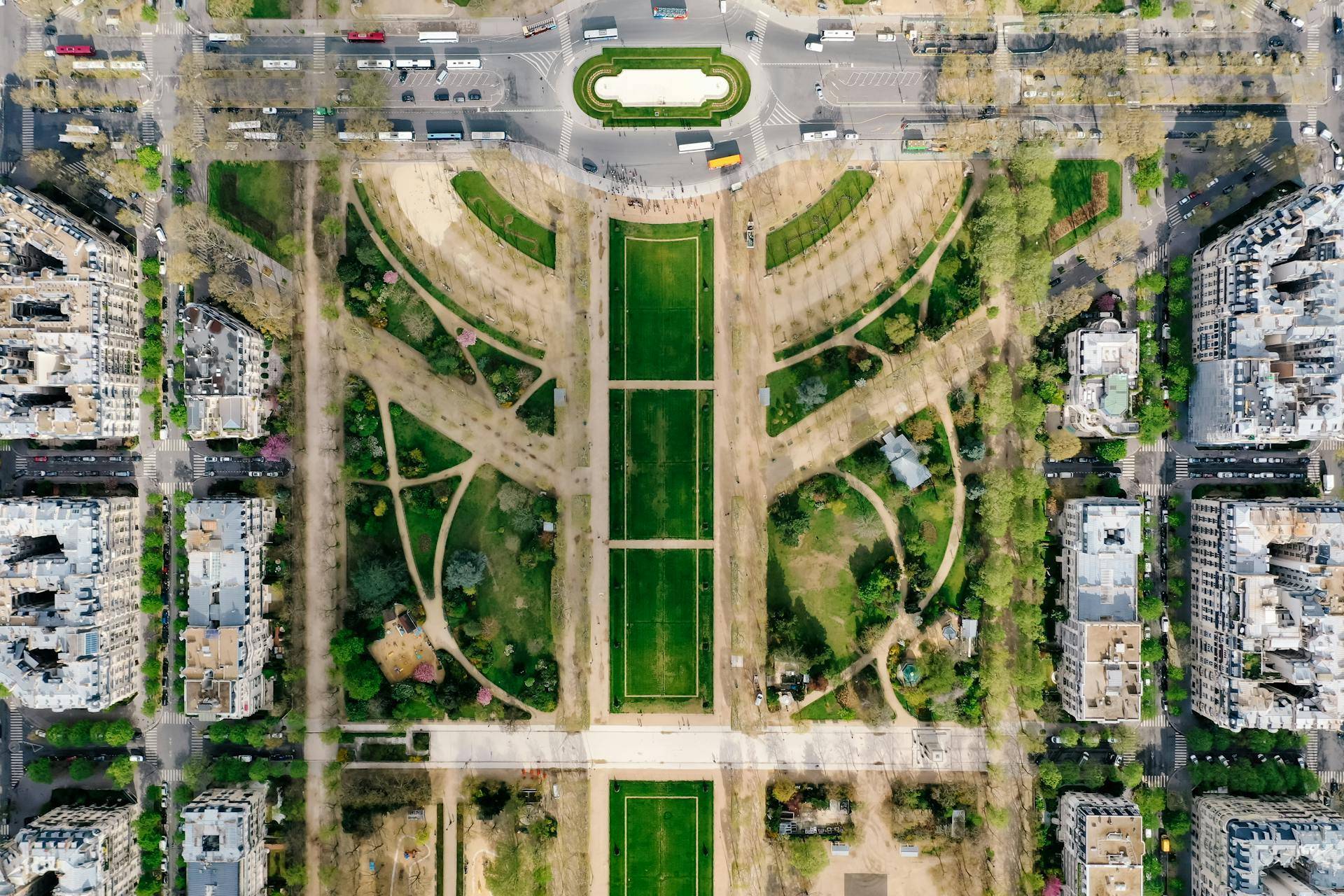Mumbai recorded over 12,000 property registrations in April 2025, reflecting a modest 4% increase over the same month last year. According to data from Maharashtra’s Department of Registrations and Stamps (IGR), a total of 12,142 property transactions were registered, up from 11,648 in April 2024. However, this increase in transaction volume did not translate into higher government revenues. Stamp duty collections declined by 6% year-on-year, falling from ₹1,058 crore in April 2024 to ₹990 crore in April 2025.
This paradox of rising registrations and falling stamp duty revenue comes at a time when the Maharashtra government has implemented an average 3.89% hike in ready reckoner rates starting April 1, 2025, after a gap of two years. These revised rates, which serve as the government’s benchmark property values, typically lead to higher registration costs for buyers. Despite this upward revision, revenues fell—indicating either a higher number of concessions, more under-valued transactions, or strategic financial decisions by buyers in selecting the timing and location of property deals.
Residential Segment Drives Registrations
The residential sector continues to dominate Mumbai’s property market. Around 80% of the transactions recorded in April 2025 were for residential properties, suggesting that end-user demand remains strong. This pattern aligns with broader trends observed over the past few years, where homebuyers have displayed consistent interest in housing, especially in suburban areas and projects offering better amenities.
Apartments with a built-up area of up to 1,000 square feet accounted for the highest share of registrations. However, there is a visible trend of growing interest in larger homes. Properties ranging between 1,000 and 2,000 sq ft made up 14% of the transactions, maintaining their share from the previous year. Units over 2,000 sq ft accounted for 3% of total registrations, also unchanged from April 2024. This distribution suggests a sustained but niche demand for spacious living options, likely from upper-middle-income and high-net-worth individuals.
Premium Properties Gain Market Share
There is also evidence of an increased appetite for higher-value homes. According to analysis by Knight Frank India, properties priced above ₹2 crore comprised 25% of all registrations in April 2025—up from 22% a year earlier. This translates to approximately 3,010 transactions within the premium segment, underscoring the growing importance of luxury housing in Mumbai's real estate landscape.
By contrast, properties priced below ₹50 lakh held steady at 14% of the market, indicating that while the affordable housing segment remains relevant, its relative share is not expanding. This could be due to supply constraints, especially within city limits, or reduced affordability amid rising input and borrowing costs.
Regional Trends: Suburbs Remain Strong, City Core Gains Slightly
The Western and Central Suburbs continue to dominate Mumbai's property market, together accounting for around 85% of total registrations. These areas include key micro-markets such as Andheri, Borivali, Ghatkopar, and Mulund, which have consistently attracted buyers due to better connectivity, new project launches, and infrastructure improvements.
However, April also saw a slight increase in market share for Central and South Mumbai. Both regions recorded a 1% rise in registrations compared to April 2024. This could be attributed to new project completions, more competitive pricing, or a shift in buyer sentiment toward areas that were traditionally viewed as expensive but are now being re-evaluated in the light of changing work and lifestyle patterns.
Reasons Behind Revenue Drop
Despite an increase in the number of property transactions, the 6% drop in stamp duty revenue raises several questions. One reason could be the changing composition of buyers, with some opting for joint ownership or availing exemptions under specific clauses. Another could be the rising share of women buyers, who are eligible for stamp duty concessions in Maharashtra.
Market observers have also pointed to the role of timing. Some high-value deals may have been registered just before the new ready reckoner rates came into effect on April 1, thus avoiding the additional cost. Moreover, even as the total number of transactions grew, a shift in buyer focus from ultra-luxury to mid-premium homes could have had an effect on overall duty collected.
Policy Impact and Outlook
Mr. Shishir Baijal, Chairman and Managing Director of Knight Frank India, views the April 2025 numbers as reflective of resilient market fundamentals. He attributes the rise in property registrations to strong homebuyer sentiment, steady demand for residential assets, and the growing appeal of premium housing in key suburban micro-markets.
He also pointed out that recent monetary policy moves, including a 50-basis-point cumulative cut in the repo rate by the Reserve Bank of India, are likely to support further momentum. As banks respond with more competitive home loan rates, affordability could improve, reinforcing positive sentiment among homebuyers.
Mr. Baijal also emphasized the influence of infrastructure upgrades—such as metro expansions, coastal road works, and connectivity improvements—as structural drivers that are expected to continue shaping buyer preferences across the city.
Mumbai's real estate market remained steady in April 2025, supported by strong residential demand and rising interest in premium properties. Although stamp duty collections saw a decline, this likely signals shifts in transaction values and buyer preferences rather than a drop in overall activity. How developers adapt to changing market signals and evolving financial conditions will shape the trajectory of growth in the coming months.









